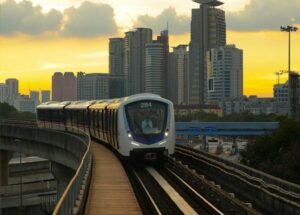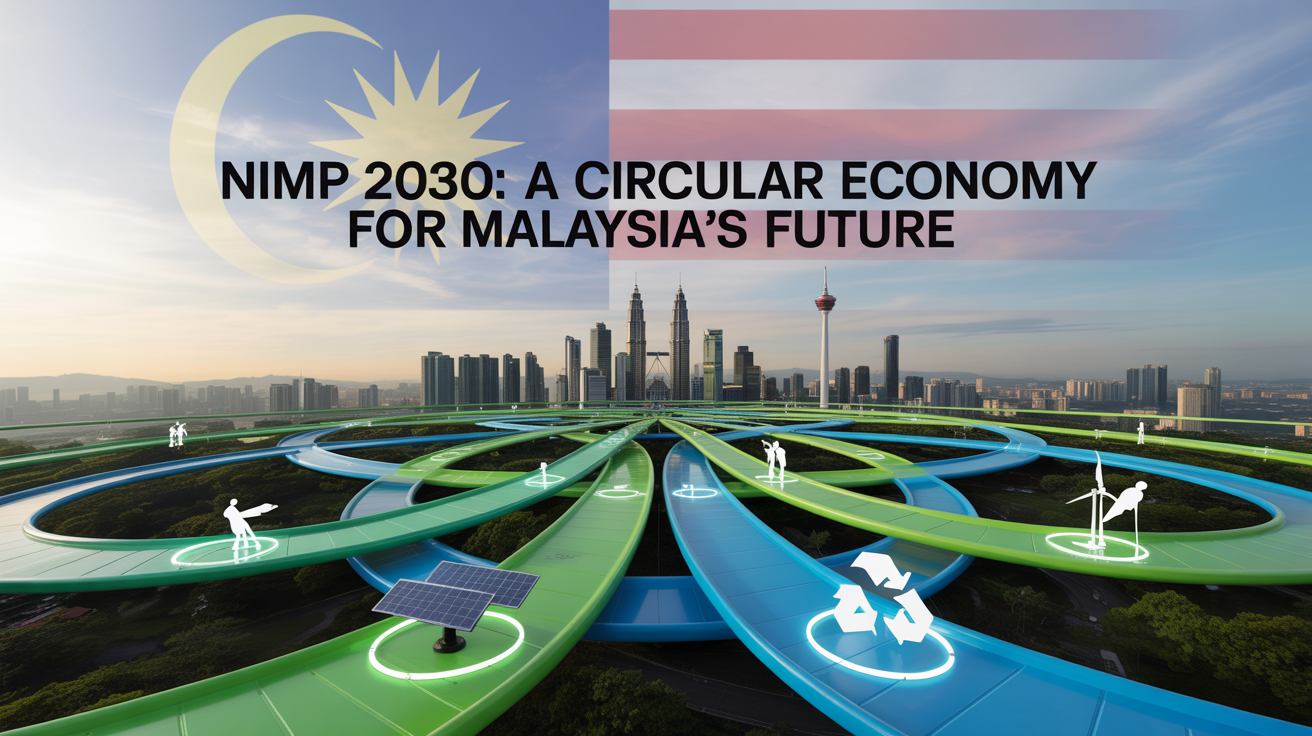Imagine a Malaysia where waste isn’t just trash—it’s fuel for new industries, jobs, and innovation. That’s the promise of the National Industrial Master Plan (NIMP) 2030, a bold blueprint positioning Malaysia as a regional leader in circular economy manufacturing.
For Gen Z and Millennials, who rank climate change and sustainability among their top concerns, this plan sounds like the future we’ve been waiting for. But here’s the catch: while the vision is golden, the road ahead is bumpy.
NIMP 2030 and the Circular Economy Blueprint
At its heart, NIMP 2030 acknowledges a harsh reality: the old “take-make-dispose” industrial model is no longer viable. With rising import dependence, plastic pollution, and climate pressures, Malaysia must embrace circular economy strategies like:
- Remanufacturing to extend product life
- Recycling and resource efficiency to reduce waste
- Product-as-a-service models for high-value growth
- Reverse logistics to create new job streams
“The circular transition is not an add-on; it’s the bedrock of future industrial resilience and competitiveness,” says Prof. Dato Dr Ahmad Ibrahim, Tan Sri Omar Centre for STI Policy Studies.
But for this vision to stick, execution needs to outpace talk.
Why Circular Economy Is Malaysia’s Competitive Edge

Global markets like the EU, US, and Japan are tightening sustainability rules and imposing Carbon Border Adjustment Mechanisms (CBAM). If Malaysian exports don’t adapt, they risk being left behind.
Here’s why circularity is a strategic advantage:
- Export Survival: Compliance with new sustainability standards.
- Economic Upside: High-value sectors like E&E, aerospace, and medical devices can innovate through resource efficiency.
- Inclusive Growth: Integrating SMEs into the circular chain levels up the whole economy.
- Environmental Justice: Tackling plastics, e-waste, and emissions protects health and ecosystems.
As sustainability moves from “nice-to-have” to trade necessity, Malaysia’s positioning could define its industrial future.
The Harsh Reality Check: Challenges Facing NIMP 2030
Despite its promise, Malaysia faces serious roadblocks:
- Weak recycling infrastructure: Plastic recycling hovers at just 24–28%.
- Funding gap: An estimated RM100–150 billion shortfall threatens progress.
- SME struggles: Smaller businesses lack affordable green financing.
- Policy delays: Mandatory Extended Producer Responsibility (EPR) frameworks are slow to launch.
- Consumer perception: Many still distrust recycled or remanufactured goods.
“Without strong regulation and innovative financing, circularity risks being reduced to a buzzword,” notes Dr Ahmad.
Financing Malaysia’s Circular Transition
Money is the elephant in the room. Circular models demand heavy upfront capital especially for SMEs. Here’s how financing can be unlocked:
- Green bonds and guarantees tailored to SMEs
- Results-based finance for measurable impact
- Development banks & global green funds for scale
- Public-private partnerships (PPPs) for waste management hubs
Building the Infrastructure We Need
No circular economy thrives without serious waste and recycling infrastructure. Malaysia should:
- Develop integrated recycling parks nationwide
- Prioritise e-waste and plastic streams identified in NIMP
- Enforce green procurement policies to give circular products a market edge
- Launch campaigns to shift consumer trust toward circular goods
Innovation and Skills for a Circular Malaysia
Circularity isn’t just about recycling bins it’s about high-tech solutions and future-ready skills.
- Invest in R&D for chemical recycling, biomaterials, and advanced remanufacturing
- Set up circular innovation hubs connecting universities, start-ups, and industries
- Fund pilot projects to bridge the gap from lab to market
- Launch reskilling programs so workers can thrive in new green industries
This is where Malaysia can appeal to its young talent base and position itself as a regional innovation hub.



